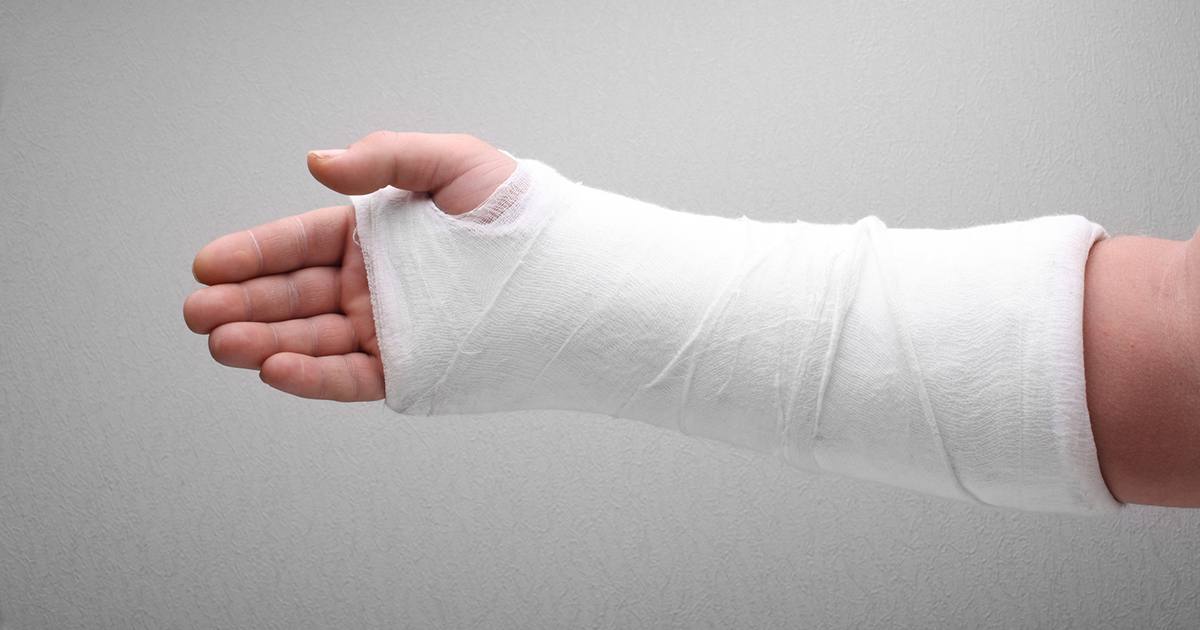Symptoms Of Osteopenia
Bone Fractures

Do your bones easily fracture? They occur when a bone is shattered, often with excessive force. However, in the case of individuals suffering from osteopenia, it may seem fractures occur in situations that would normally only cause bruising.
Bone fractures typically take around six to eight weeks to heal, and your doctor will employ various methods to immobilize the bone. This can include putting the body part in a cast, splint, sling, or combination of any of the three.
Unfortunately, patients with osteopenia are more susceptible to experiencing bone fractures. However, there are ways to prevent them, such as consuming more calcium. You can also take the time to minimize risks around the home that could cause accidents. Hide wires that stretch across the floor, reduce clutter, and remove unused. This is a good time to arrange for a garage sale to make your home as osteopenia-friendly as possible.
